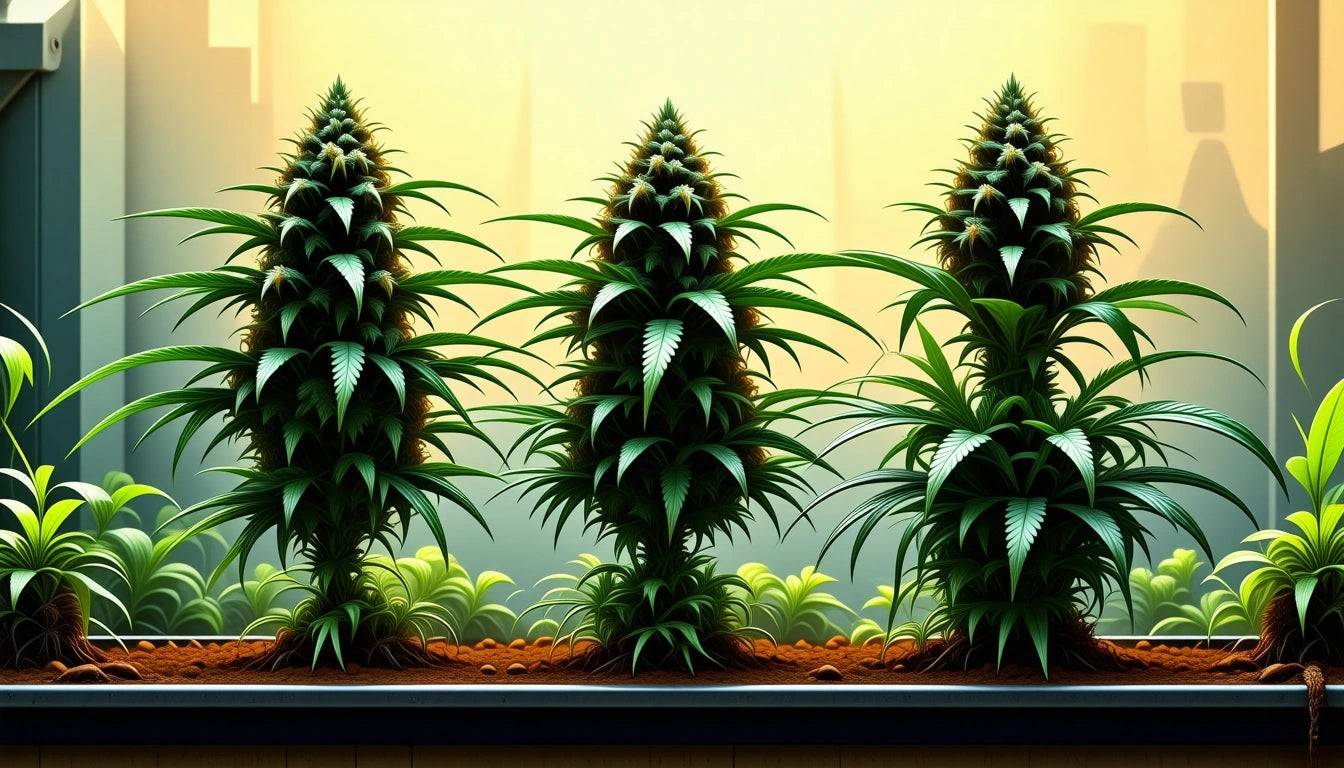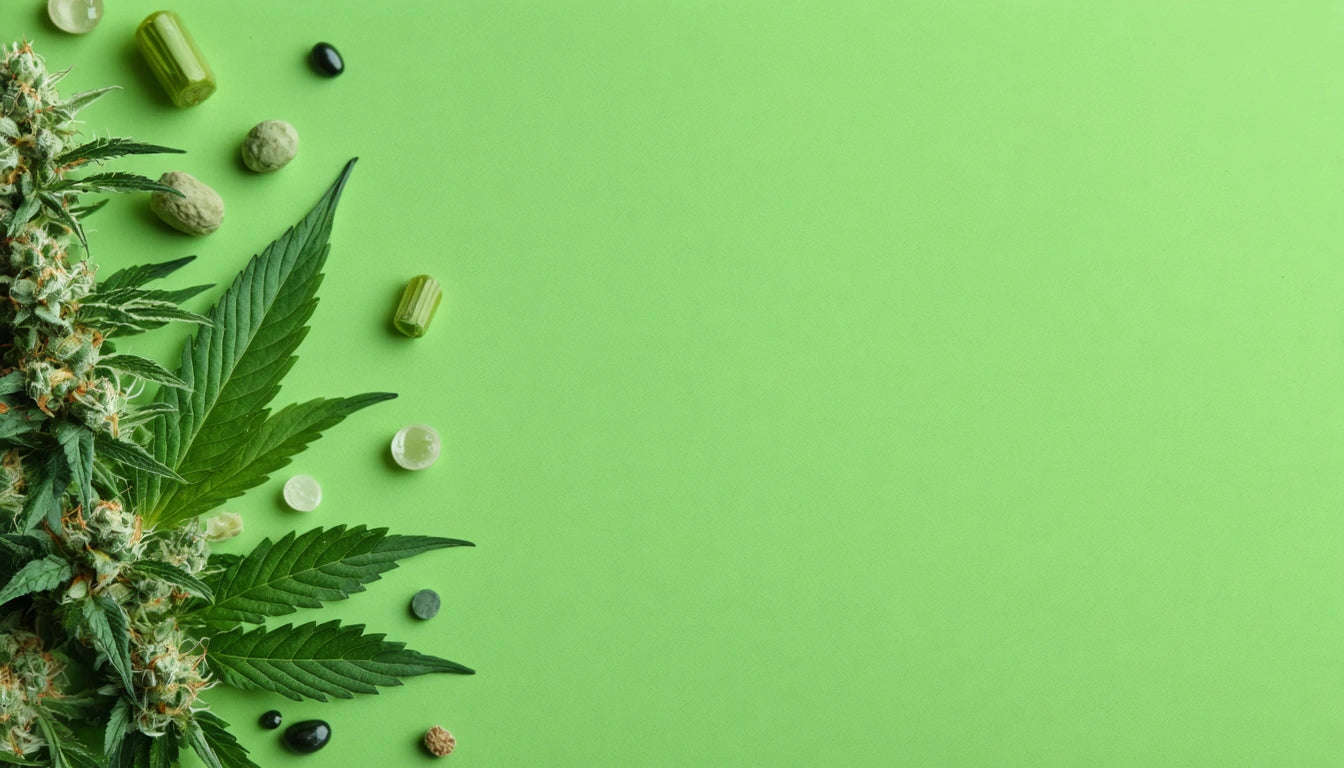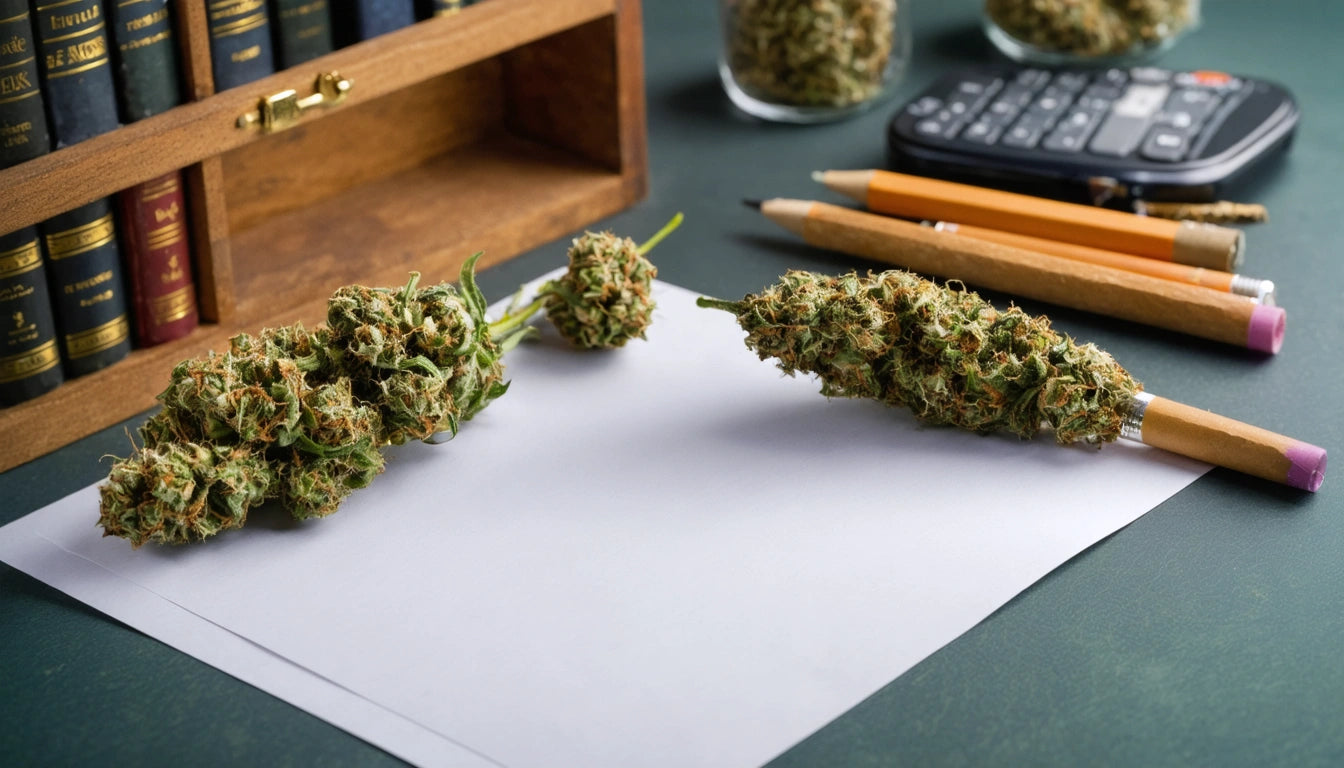Table of Contents
- Understanding Cannabis Trimming: Why It Matters
- When to Trim Cannabis Plants: Timing is Everything
- Wet vs. Dry Trimming: Choosing the Right Method
- Essential Tools for Trimming Cannabis
- Step-by-Step Guide to Trimming Cannabis Plants
- Pruning During Growth: Techniques for Healthier Plants
- What to Do With Cannabis Trim: Reducing Waste
- Maximizing Results: Expert Tips for Professional-Quality Trimming
Comprehensive Guide to Trimming Cannabis Plants: Techniques, Timing, and Tips
Properly trimming cannabis plants is a crucial skill that directly impacts the quality, potency, and appearance of your final product. Whether you're a novice grower or looking to refine your technique, understanding how to trim cannabis plants effectively can make the difference between amateur and professional-grade results. This comprehensive guide covers everything from timing and techniques to tools and best practices.
Understanding Cannabis Trimming: Why It Matters
Trimming is the process of removing excess plant material, primarily leaves, from cannabis buds. This practice serves several important purposes:
- Improves appearance and bag appeal
- Enhances smoothness of smoke
- Increases overall potency by removing low-THC plant material
- Reduces harshness by removing chlorophyll-heavy leaves
- Helps prevent mold during curing
Many beginners underestimate the importance of proper trimming, but it's one of the final opportunities to influence the quality of your harvest. As detailed in our comprehensive guide to trimming cannabis buds, the difference between well-trimmed and poorly-trimmed flower is immediately apparent to experienced consumers.
When to Trim Cannabis Plants: Timing is Everything
During Growth (Pruning)
Pruning during the vegetative and early flowering stages helps shape the plant and promote better yields. Key timing includes:
- Early vegetative stage (2-3 weeks after germination): First light pruning
- Mid-vegetative stage: More aggressive pruning and training
- Pre-flowering: Final pruning before the plant focuses on bud production
Harvest Trimming
The main trimming process occurs at harvest time, either immediately after cutting down the plant (wet trimming) or after an initial drying period (dry trimming). According to our complete harvesting guide, timing your harvest correctly is crucial for optimal cannabinoid profiles.
Wet vs. Dry Trimming: Choosing the Right Method
Wet Trimming
Wet trimming involves processing the plant immediately after harvest while the leaves are still moist and pliable.
Advantages:
- Easier to cut through fresh plant material
- Leaves stand out more, making them easier to identify
- Faster drying time
- Reduced risk of mold in humid environments
Disadvantages:
- Stickier process that requires frequent tool cleaning
- Potentially harsher flavor if drying occurs too quickly
- Risk of over-trimming
Dry Trimming
Dry trimming involves hanging the entire plant or branches to dry for several days before trimming.
Advantages:
- Slower drying preserves terpenes for better flavor
- Less sticky process
- Sugar leaves curl inward, creating a natural trim line
- Better for preserving trichomes
Disadvantages:
- More difficult to cut through dried material
- Increased risk of mold in humid environments
- Takes up more drying space
When deciding how to trim marijuana plants, climate conditions often dictate the best approach. Humid environments typically benefit from wet trimming, while drier climates allow for successful dry trimming.
Essential Tools for Trimming Cannabis
Having the right tools makes trimming more efficient and precise. Essential items include:
- Trimming scissors (spring-loaded recommended for comfort)
- Pruning shears for larger stems
- Comfortable gloves (latex or nitrile)
- Trim tray to collect valuable trichomes
- Comfortable seating and good lighting
- Isopropyl alcohol for cleaning sticky tools
For commercial operations or larger harvests, specialized cannabis trimming tools can significantly increase efficiency. After trimming, proper storage is essential, with many cultivators preferring specialized mylar storage bags that help preserve freshness and potency while complying with packaging regulations.
Step-by-Step Guide to Trimming Cannabis Plants
Preparation
- Set up a clean, well-lit workspace
- Organize all tools and materials
- Wash hands and wear gloves to preserve trichomes
Basic Trimming Technique
- Remove large fan leaves first
- Trim away sugar leaves that extend beyond the bud structure
- Maintain the natural shape of the bud
- Trim close but avoid cutting into the bud itself
- Rotate the bud as you work for even trimming
When learning how to trim marijuana leaves, remember that less is often more. Over-trimming can damage buds and remove valuable trichomes. The best way to trim cannabis is to work slowly and deliberately, especially when first developing your technique.
Pruning During Growth: Techniques for Healthier Plants
Pruning cannabis plants as they grow helps maximize yields and plant health. Key techniques include:
Topping
Cutting the main stem to promote lateral growth and multiple colas. Mastering cannabis topping can significantly increase yields.
Lollipopping
Removing lower growth that receives minimal light, focusing the plant's energy on top buds.
Defoliation
Selectively removing fan leaves to improve light penetration and air circulation.
When considering how to prune cannabis plants as they grow, timing is crucial. Most training techniques should be completed during the vegetative stage, with minimal intervention during flowering.
What to Do With Cannabis Trim: Reducing Waste
Cannabis trim contains valuable compounds and can be repurposed in several ways:
- Extraction for edibles or concentrates
- Creating bubble hash or kief
- Making tinctures
- Composting for future grows
According to our ultimate guide to growing cannabis, sustainable practices like reusing trim can improve your overall cultivation efficiency.
Maximizing Results: Expert Tips for Professional-Quality Trimming
To elevate your trimming skills to professional levels, consider these advanced tips:
- Take regular breaks to prevent hand fatigue and maintain precision
- Clean tools frequently with alcohol to prevent resin buildup
- Consider humidity-controlled drying environments for optimal results
- Develop a consistent technique that balances speed with quality
- Save particularly resinous trim separately for higher-quality extractions
As outlined in the ultimate guide to trimming and caring for your weed plants, the trimming process is both art and science. With practice, you'll develop an eye for the perfect trim that enhances your cannabis without removing valuable components.
By mastering how to trim cannabis plants properly, you'll ensure that your hard work throughout the growing cycle translates into a final product that looks, smells, and smokes to its full potential. Whether for personal use or commercial production, these trimming techniques represent the crucial final step in cannabis cultivation excellence.











Leave a comment
All comments are moderated before being published.
This site is protected by hCaptcha and the hCaptcha Privacy Policy and Terms of Service apply.